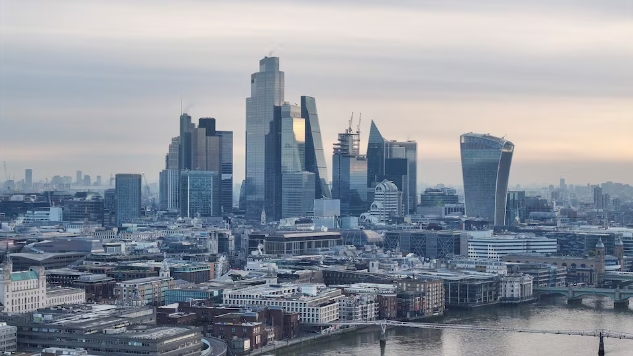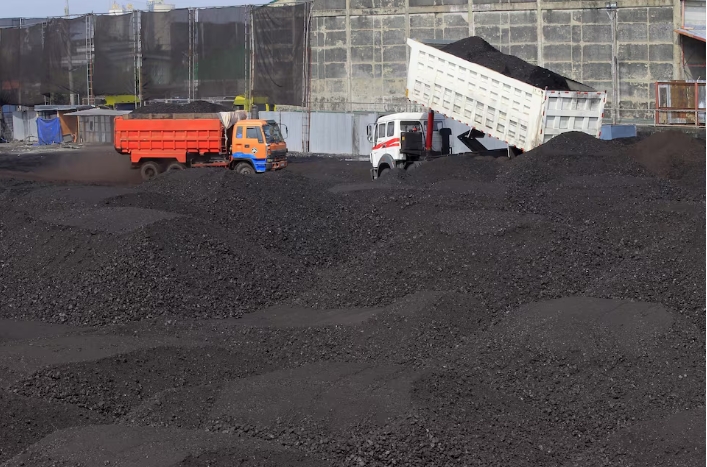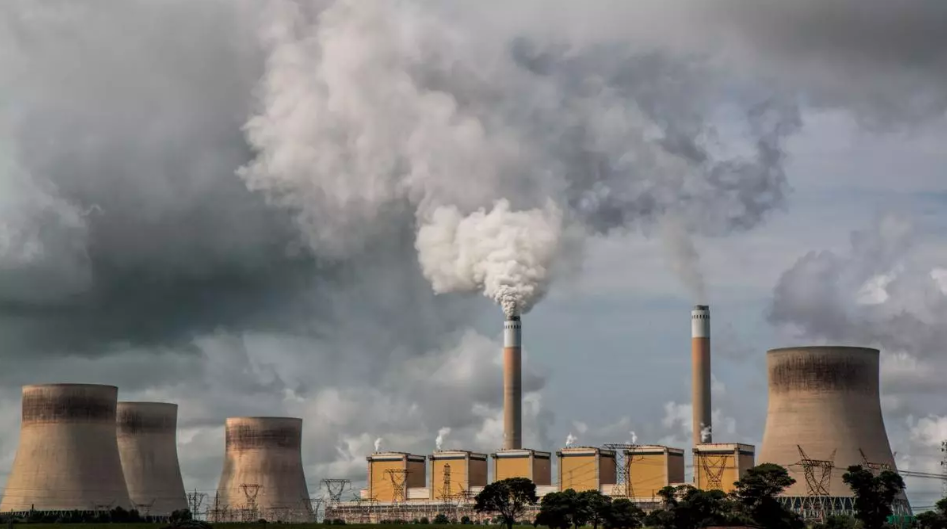
WHY IT IS IMPORTANT
As more companies commit to reach net-zero emissions by 2050, most will be looking to cut those tied to their offices and factories, yet demand for low carbon buildings is set to outstrip supply.
KEY QUOTES
"Time is of the essence for the real estate industry," Guy Grainger, JLL's Global Head of Sustainability Services and ESG, said.
"We are in a new world where inaction over decarbonisation will see investments fall into economic obsolescence in the coming years. While for real estate tenants, this growing need to show progress against carbon commitments will lead to price friction and a race for low carbon buildings."
CONTEXT
The number of companies committing to reach net-zero emissions across their business by 2050 has surged in recent years, with 7,600 companies worldwide signed up to the Science Based Targets Initiative.
One out of every three leases tied to a carbon commitment will expire in less than 24 months. Average leases are 7-10 years, meaning many will be live at 2030, a key interim assessment point for many companies' targets.
BY THE NUMBERS
- For every three square meters of global demand, less than one square meter is being developed.
- Only 30% of future demand for low carbon workspace is projected to be met by 2030. In London, low carbon demand is expected to exceed supply by 35% by 2030, in Paris this rises to 54%. In New York, an estimated 65% of demand will not be met.
- Around 25% of existing office stock is at risk of becoming functionally obsolete in the next five years.




